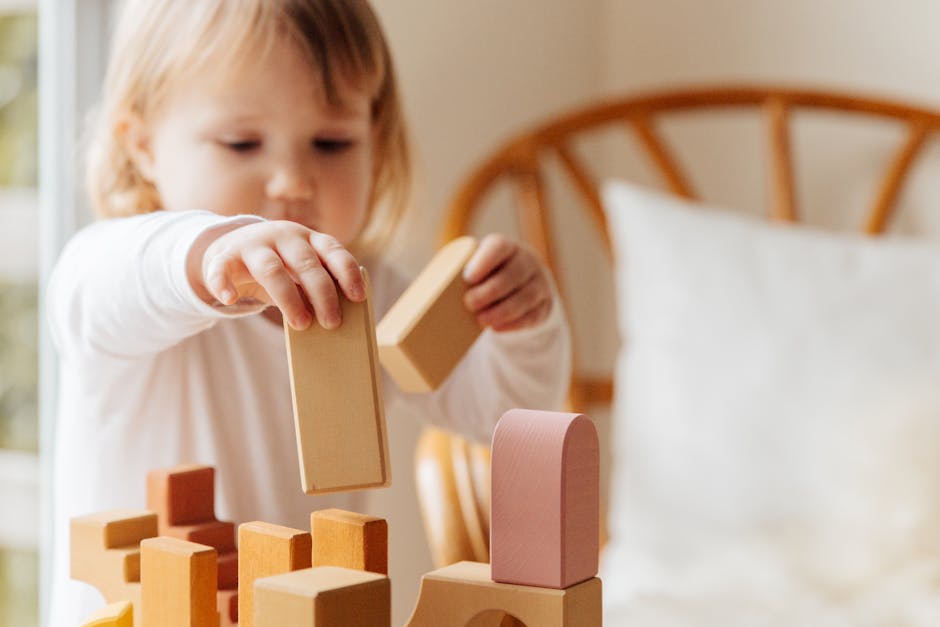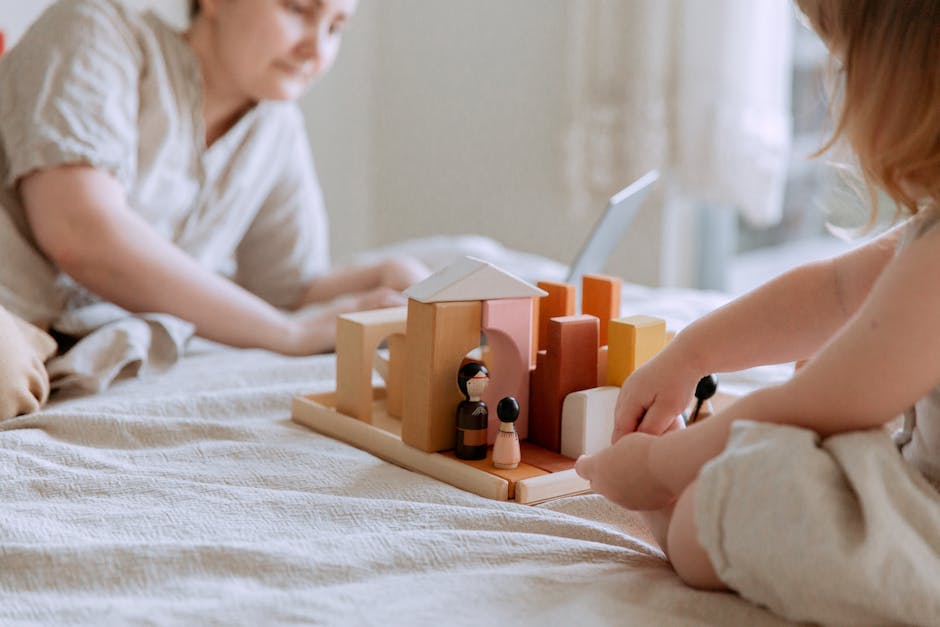Introduction: Chinese is one of the most commonly spoken languages in the world, and it’s tipped to become even more popular in the years to come. If you want to learn this language well, you need to start with good books, movies, and games. Chinese is a notoriously difficult language to learn, but that doesn’t mean you have to give up. In fact, many people find learning Chinese through these means very successful. So what are you waiting for? Start learning Chinese today!
Learn How to Play the Chinese Game of Chess.
To play the Chinese game of chess, you will need to know the following:
-The Chinese game of chess is a two-player board game that is played with a black and white pieces.
-The object of the game is to capture your opponent’s pieces by moving them into an adjacent square or point on the board.
-The player who first captures all of their opponent’s pieces wins the game.
Learn How to Play Go.
The first step in learning how to play go is to learn the basics of the game. This means understanding the rules of the game, and familiarizing yourself with the different pieces of go. After you have a basic understanding of go, it’s time to start playing!
In order to play go, you will need an iron board and some pieces of paper. The iron board is where you place your pieces of paper, in order to form a Go board. The Go board is made up of 36 squares, each square measuring 3 inches wide by 2 1/4 inches long.
The goal of go is to move all your pieces from one square on the Go board to another square without being blocked by any other pieces. To do this, you must make sure that your pieces are lined up correctly so that they can move straight down the grid.
There are two types of moves: front-and-back (or left-and-right) moves, and front-and-forward (or up-and-down) moves. Front-and-back moves are when you make a move towards a square on the Go board which already contains a piece owned by another player, but it doesn’t stop that player from moving their piece into that square again; it just causes them to replace their original piece with a new one that has been moved forward into position by another player.
Front-and-forward moves can also be called “up” or “down”. Up means moving an existing piece upwards or downwards on the Go board; down means moving an existing piece downwards or upwards on the Go board.
When playing go, always try to stay organized and keep track of which squares your pieces are currently in by using d6 (the 6th number from the left), j6 (the 6th number from the right), and k6 (the 6th number in between).
Learn How to Play Checkers.
The game of checkers, also known as Chinese checkers, is a strategic board game that can be played with either two or more players. Checkers can be played on a square board with a number of squares in each row and column. The goal of the player who controls the center square is to capture all of the other squares by putting them into an opponent’s square.
Checkers can also be played with pieces called “ captives” which are special pieces that are difficult for the opponent to move and that end up in the player’s center square. Captives can be moved only one space at a time, and they cannot attack or block other players’ pieces.
The Basics of Checkers.
In order to playchecker, you will need to know three vital concepts:
1) The basic rules of checkers: how to play and win;
2) How to place your pieces on the board;
3) How to maneuver your captives.
Learn how to play Chinese, Go, and Checkers so that you can improve your skills and make better outcomes in the game. These three games have different strategies and nuances that can help you win or lose matches. While playing these games, be sure to pay close attention to the Chinese chess terms which will help you understand how the game is played.
- Test Post 2022-12-09 - February 14, 2024
- How to Run in Pokemmo - February 13, 2024
- How Much is My Lol Account - February 13, 2024



